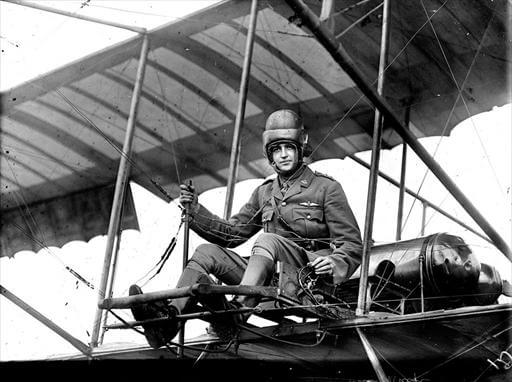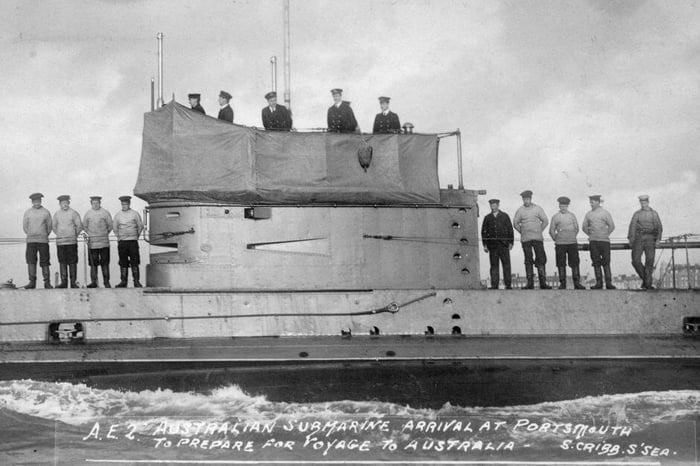
On the Land - Diary Entry 10
Happenings at Home, April - July 1914 On The Land
Image: photograph of farmers in Berri, South Australia at the onset of drought in 1914 - Follow a Digger through WWI with this historically engaging Great War Diary which recreates the life of a typical Australian soldier in the trenches. Available for purchase here.
Regardless of talk of war in Europe we have our own issues here in Australia. The relentless heat of summer has eased but there is no celebration on the land. Pastoralists visiting Bravely & Sons are wearied and more than a few have enquired as to the prospect of sale. Most holdings across eastern Australia, even the better country, are starved of good rains. Landowners inland are already talking of moving stock to coastal areas where the drought’s bite is less deep. Wheat farmers in every state will need rains soon or the crop will be vanquished to the dust. The cattlemen to the North are also feeling the hardship. Stations covering lands bigger than England are dry and withered. A black stockman from the northwest, Jim Shodd, says the drought will last for years yet. He has an insight hard to explain and I would trust his judgment on this and many other issues.
Jim says the dry is worse than most expect and he holds no hope of rain. His black stockmen have shunted thousands of stock across each corner of their station to meet the feed but he says there are too many cattle on hard ground to keep, meaning they will either lose stock to starvation or slaughter big numbers to ease the burden on the land;– a prospect many of these poor blighters must face.
I will one day introduce you to Jim. He visited Sydney with his station owner a year back and again this year. I have no real idea as to how but he and I have, without exception, become good friends – you too would like him for he is good humoured, clever and can read people as if they were open books – although he says nothing to most about his observations. I think his station owner trusts his insight, which is why Jim is always near when business is discussed.
He is the first black man I have had opportunity to really get to know. I think he is only a few years my senior but he has an oldness about him. Last year I found myself absolutely enthralled by his stories of the stockmen and his people, who for the most live on Station land. He says his people are lending their land and helping “whitefellas” more from pity than anything else. He says we wouldn’t survive out there on our own. In years such as this I wonder if he might not be right. The black men are a big part of cattle farming and such is their worth, stations that have their own blacks sell for far more than empty land.
Jim gave me a boomerang which he fashioned himself. He showed me how to throw it so that it would arc around in the sky and come back. He says there are a number of different boomerangs, from big heavy ones that don’t turn but would certainly take off a Kangaroo’s head, to small ones such as the one he gave me that are good for hunting birds. I did a sketch of Jim and drew in the City as a backdrop which he says he will use to tell stories about his trip when he gets home. I don’t think Jim has actually seen the City as the towering buildings fascinated him. When he comes next I will arrange to take him to the City and to home for dinner.
I practiced with the boomerang on the shore at Coogee Bay and on the first throw had to swim some 30 yards to retrieve it and on the very next occasion took a mouthful of sand diving for cover. Jim made it look much easier than it is. I hope one day to visit his Station and meet his family.













